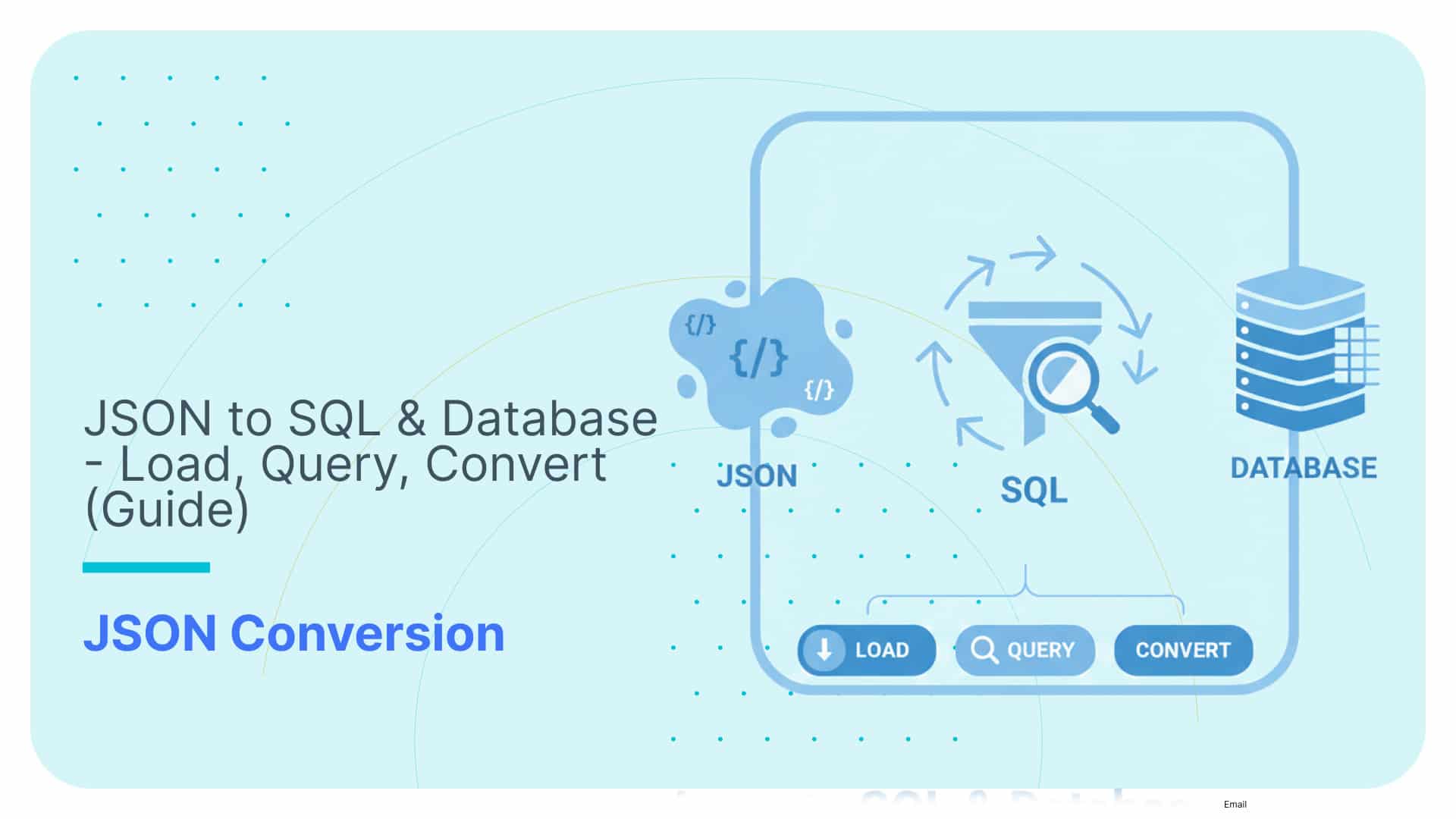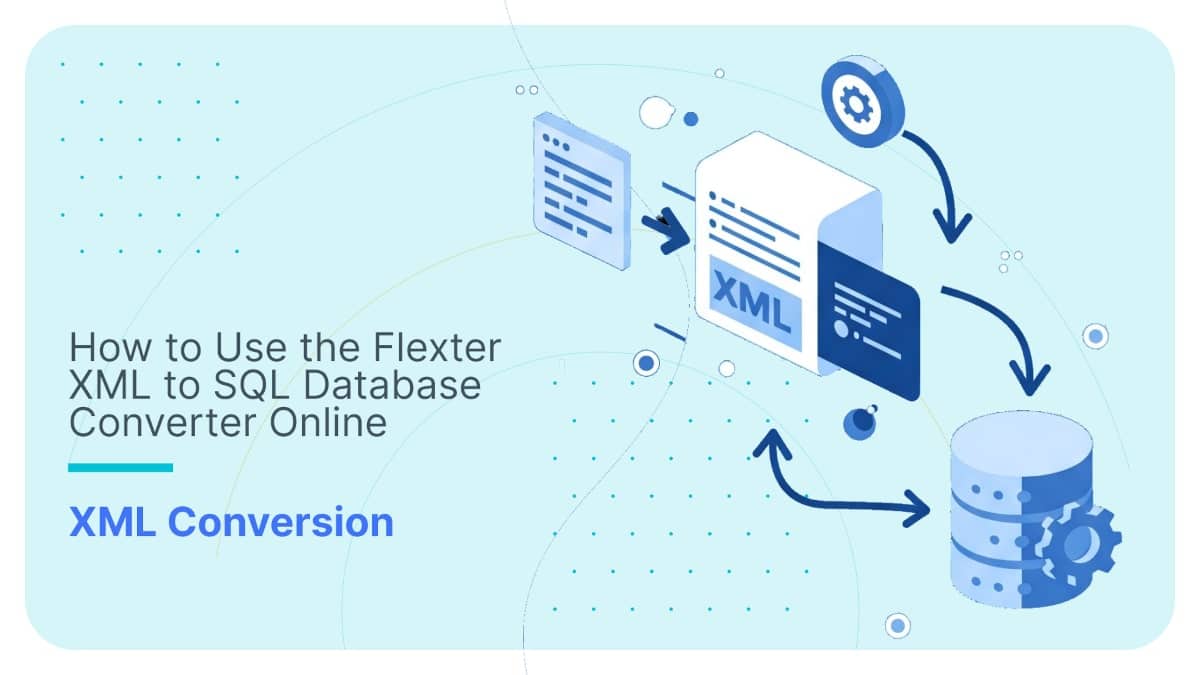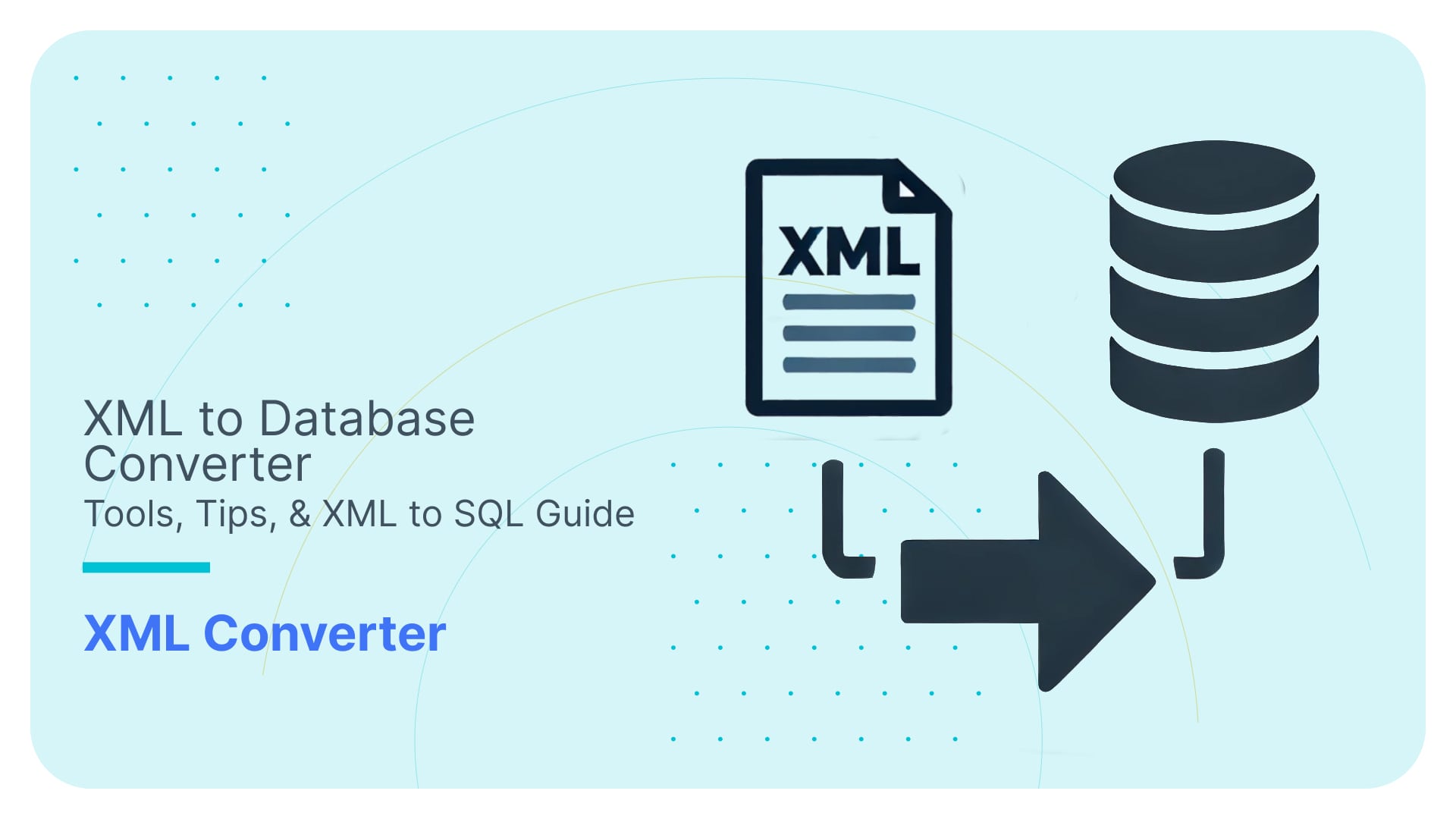One pass SCD2 load: How to load a Slowly Changing Dimension Type 2 with one SQL Merge statement in Oracle
The other day I came across a useful new feature in the Merge statement for SQL Server 2008. This new feature outputs merged rows for further processing, something which up until now (Oracle 11.1.0.7) is not possible in Oracle. This extra functionality can be used to load a Slowly Changing Dimension Type 2 in one SQL statement. As a result you have only one pass over the data, less logical I/O, and as a result improved performance. If you are interested how exactly the Merge statement can be used in SQL Server 2008 to load an SCD2 have a look at this article. Recently, this has also featured in Kimball’s design tip 107. The whole thing was wrecking my head a bit: how can we achieve the same thing in Oracle? Finally, I came up with a solution. I have to admit it is not perfect, as this will only work if you can identify a changed record at source as either an Insert or an Update. So you need to know if the record is a new one or was just modified. In the vast majority of cases you should be able to have this information available at extract time. So if you extract your information from source via change data capture, timestamp created/timestamp modified, audit records , or Oracle Total Recall you should be good to go. Still, SQL Server 2008 has more powerful functionality here. I can see an enhancement request coming …

For this post we will rely on the good old SH schema (Oracle 11.1.0.7).
Let’s first create a sequence that we will be using later on for the surrogate key of our SCD2.
|
1 2 3 4 5 6 7 8 |
SQL> CREATE SEQUENCE SH.SEQ_PRODUCTS 2 START WITH 10100 3 MAXVALUE 999999999999999999999999999 4 MINVALUE 1 5 NOCYCLE 6 CACHE 20 7 NOORDER; Sequence created. |
Next we will create an SCD2 based on the existing sh.products dimension. We will also add a valid_ind indicator and populate the effective to date with ‘end of time’. To refresh your memory, an SCD2 as defined by Monsieur Kimball is used to track history in a DW. Each time an attribute in the underlying source of the dimension is modified, a new record with the updated attribute is created in the dimension. An SCD2 typically has three helper columns. The effective from and effective to date of the record, and a flag to indicate the most recent record.
|
1 2 3 4 5 6 7 8 |
SQL> create table products_scd as select * from products; Table created. SQL> alter table products_scd drop column prod_valid; Table altered. SQL> alter table products_scd add valid_ind number default 1; Table altered. SQL> update products_scd set prod_eff_to = TO_DATE('31/12/9999','DD/MM/YYYY'); 71 rows updated. |
Now we will prepare and populate our staging table for the SCD2 load. I have called this products_source. We will be creating 6 records in this staging table. 5 records represent updates to existing records, and 1 record is a new insert.
|
1 2 3 4 5 6 7 8 9 10 |
SQL> create table products_source as select a.*,'U' dml_type from products a where rownum < 6; Table created. SQL> alter table products_source drop column prod_id; Table altered. SQL> alter table products_source drop column prod_eff_from; Table altered. SQL> alter table products_source drop column prod_eff_to; Table altered. SQL> alter table products_source drop column prod_valid; Table altered. |
The ‘U’ attribute in the dml_type column marks these records as updates.
Next we update the prod_min_price to simulate a reduction in price and we also create a brand new record.
|
1 2 3 4 5 6 7 |
SQL> update products_source set prod_min_price = prod_min_price*.9 2 ; 5 rows updated. SQL> INSERT INTO products_source VALUES ('yPhone','Mobile','Mobile',-1,'Mobile','Phone',-1,'Phone',1,'U','P',1,'-',200,200,'-',1,NULL,'I'); 1 row created. SQL> commit; Commit complete. |
We should now have the following records in our products_source staging table.
|
1 2 3 4 5 6 7 8 9 10 |
SQL> select prod_name,prod_min_price,dml_type from products_source; PROD_NAME PROD_MIN_PRICE D -------------------------------------------------- -------------- - 5MP Telephoto Digital Camera 728.99 U 17" LCD w/built-in HDTV Tuner 809.99 U Envoy 256MB - 40GB 809.99 U Y Box 242.99 U Mini DV Camcorder with 3.5" Swivel LCD 890.99 U yPhone 200 I 6 rows selected. |
Finally, we merge our staging table into our prodcuts_scd dimension table.
|
1 2 3 4 5 6 7 8 9 10 11 12 13 14 15 16 17 18 19 20 21 22 23 24 25 26 27 28 29 30 31 32 33 34 35 36 37 38 39 40 41 42 43 44 45 46 47 48 49 50 51 52 53 54 55 56 57 58 59 60 61 62 63 64 65 66 67 68 69 70 71 72 73 74 75 76 77 78 79 80 81 82 83 84 |
SQL> MERGE INTO products_scd a USING ( 2 SELECT 3 CASE WHEN valid_ind = 1 THEN '1'||a.prod_name||'1' ELSE prod_name END as prod_name, 4 a.prod_desc, 5 a.prod_subcategory, 6 a.prod_subcategory_id, 7 a.prod_subcategory_desc, 8 a.prod_category, 9 a.prod_category_id, 10 a.prod_category_desc, 11 a.prod_weight_class, 12 a.prod_unit_of_measure, 13 a.prod_pack_size, 14 a.supplier_id, 15 a.prod_status, 16 a.prod_list_price, 17 a.prod_min_price, 18 a.prod_total, 19 a.prod_total_id, 20 a.prod_src_id, 21 a.dml_type, 22 NVL(b.valid_ind,-1) AS valid_ind 23 FROM 24 products_source a left outer join ( 25 SELECT 26 level as valid_ind, 27 'U' as dml_type 28 FROM 29 dual CONNECT BY level <= 2) b on (a.dml_type = b.dml_type) 30 ) b ON (a.prod_name = b.prod_name ) 31 WHEN MATCHED THEN UPDATE SET 32 a.valid_ind = 0, 33 a.prod_eff_to = SYSDATE 34 WHEN NOT MATCHED THEN INSERT ( 35 a.prod_id, 36 a.prod_name, 37 a.prod_desc, 38 a.prod_subcategory, 39 a.prod_subcategory_id, 40 a.prod_subcategory_desc, 41 a.prod_category, 42 a.prod_category_id, 43 a.prod_category_desc, 44 a.prod_weight_class, 45 a.prod_unit_of_measure, 46 a.prod_pack_size, 47 a.supplier_id, 48 a.prod_status, 49 a.prod_list_price, 50 a.prod_min_price, 51 a.prod_total, 52 a.prod_total_id, 53 a.prod_src_id, 54 a.prod_eff_from, 55 a.prod_eff_to, 56 a.valid_ind 57 ) 58 VALUES ( 59 seq_products.nextval, 60 CASE WHEN b.valid_ind = 1 THEN SUBSTR(b.prod_name,2,LENGTH(b.prod_name)) ELSE b.prod_name END, 61 b.prod_desc, 62 b.prod_subcategory, 63 b.prod_subcategory_id, 64 b.prod_subcategory_desc, 65 b.prod_category, 66 b.prod_category_id, 67 b.prod_category_desc, 68 b.prod_weight_class, 69 b.prod_unit_of_measure, 70 b.prod_pack_size, 71 b.supplier_id, 72 b.prod_status, 73 b.prod_list_price, 74 b.prod_min_price, 75 b.prod_total, 76 b.prod_total_id, 77 b.prod_src_id, 78 SYSDATE, 79 TO_DATE('31/12/9999','DD/MM/YYYY'), 80 1 81 ) ; 11 rows merged. SQL> COMMIT; Commit complete. |
For the records updated at source we need to both create a new record for the updated attributes and update the existing record to reflect the changes in effective dates and the valid indicator. For the new records at source (in our case there is just one) we need to create new records in the SCD2.
On lines 24-29 we effectively duplicate the records that were update at source
On line 3 we prefix the prod_name for the first set of updates with the number 1, while the second set of updates does not undergo this treatment. The resultset we will now merge should look as follows:
|
1 2 3 4 5 6 7 8 9 10 11 12 13 14 15 16 17 18 19 20 21 22 23 24 25 |
SQL> SELECT 2 CASE WHEN valid_ind = 1 THEN '1'||a.prod_name||'1' ELSE prod_name END as prod_name, 3 a.dml_type, 4 NVL(b.valid_ind,-1) AS valid_ind 5 FROM 6 products_source a left outer join ( 7 SELECT 8 level as valid_ind, 9 'U' as dml_type 10 FROM 11 dual CONNECT BY level <= 2) b on (a.dml_type = b.dml_type) ; PROD_NAME D VALID_IND ---------------------------------------------------- - ---------- 1Mini DV Camcorder with 3.5" Swivel LCD1 U 1 1Y Box1 U 1 1Envoy 256MB - 40GB1 U 1 117" LCD w/built-in HDTV Tuner1 U 1 15MP Telephoto Digital Camera1 U 1 Mini DV Camcorder with 3.5" Swivel LCD U 2 Y Box U 2 Envoy 256MB - 40GB U 2 17" LCD w/built-in HDTV Tuner U 2 5MP Telephoto Digital Camera U 2 yPhone I -1 11 rows selected. |
In the Merge statement we merge the source and target resultset on the prod_name column. This matches now for the first set of the updated records. For these we update the valid_ind and the product effective to date on lines 32-33.
The other records are created as new records in our target dimension. As part of the insert, we strip the prefixed records of their attachment.
The resultset in our SCD2 should look as follows:
|
1 2 3 4 5 6 7 8 9 10 11 12 13 14 15 16 17 |
SQL> select * from ( 2 select prod_name, prod_min_price,prod_eff_from,prod_eff_to,valid_ind from products_scd order by prod_eff_from desc 3 ) where rownum < 12; PROD_NAME PROD_MIN_PRICE PROD_EFF_ PROD_EFF_ VALID_IND -------------------------------------------------- -------------- --------- --------- ---------- Mini DV Camcorder with 3.5" Swivel LCD1 890.99 01-FEB-09 31-DEC-99 1 Y Box1 242.99 01-FEB-09 31-DEC-99 1 17" LCD w/built-in HDTV Tuner1 809.99 01-FEB-09 31-DEC-99 1 yPhone 200 01-FEB-09 31-DEC-99 1 Envoy 256MB - 40GB1 809.99 01-FEB-09 31-DEC-99 1 5MP Telephoto Digital Camera1 728.99 01-FEB-09 31-DEC-99 1 5MP Telephoto Digital Camera 899.99 01-JAN-98 01-FEB-09 0 17" LCD w/built-in HDTV Tuner 999.99 01-JAN-98 01-FEB-09 0 Envoy 256MB - 40GB 999.99 01-JAN-98 01-FEB-09 0 Y Box 299.99 01-JAN-98 01-FEB-09 0 Mini DV Camcorder with 3.5" Swivel LCD 1099.99 01-JAN-98 01-FEB-09 0 11 rows selected. |






